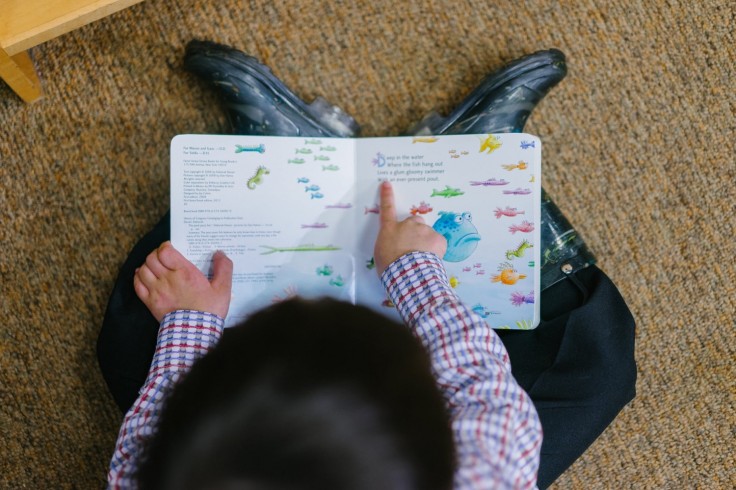
To help children learn to read earlier, one thing appears to be key: Learn the letters and sounds associated with the letters as early as possible. This may sound obvious, but another theory has suggested that children should first learn to read the letters in the context of words instead.
Charting each child's letter-sound knowledge can be helpful in supporting them further in the learning process as they begin school, says Professor Hermundur Sigmundsson at NTNU's Department of Psychology.
Sigmundsson, Greta Storm Ofteland, Trygve Solstad and Monika Haga collaborated on a recently published article in New Ideas in Psychology. Sigmundsson says the research team are among the first to clearly show the connection between learning the letters and sound correspondences and breaking the reading code.
"Since reading is the very foundation for acquiring other skills, it should be prioritized for the first few years of school," says Professor Sigmundsson.
Clear link
The connection between literacy and literacy is clear, and a good indicator of literacy. On average, the children had to know 19 letters to crack the reading code or read.
But it's not a given that you'll be able to read even if you know your letters. Reading or writing single letters is something completely different from putting those letters together into words that make sense. The individual letter variations can be huge.
Granted, the letters in Norwegian are pronounced quite consistently - especially compared to English - but they vary enough that children need time. The words "cough" or "light," for example, aren't necessarily pronounced the way you would think by just looking at the letters individually.
Children who have already cracked the reading code should have appropriate challenges to further develop their reading skills. These should be in the form of books that pique their interest. At the same time, youngsters who still haven't cracked the code should learn enough letters and letter sounds to start practicing putting words together.
Read to kids early - practice makes perfect
The research team studied 356 children aged 5 to 6 years for one year. Eleven per cent of the children could already read when they started school. By the end of the first school year, 27 per cent had not yet learned to read. Most of this group were boys, who also knew fewer letters when they started school.
"If you take out the 5 to 10 per cent who have dyslexia, the numbers could indicate that around one in five children gets too little practice or lacks motivation in their first school year," Sigmundsson says.
Girls are better at reading than boys from the outset. This difference continues throughout school, but it's important to remember that this is an average, and that parents of both boys and girls can do things to help their children.
Previous research from NTNU and elsewhere shows that you need to practice exactly what you want to be good at. Therefore, it is important that children are encouraged to become independent readers early. Parents should read to children to arouse their interest whenever possible.
What you read hardly matters, as long as the child finds it time well spent. As a bonus, children and parents enjoy a cosy time together.
© 2025 University Herald, All rights reserved. Do not reproduce without permission.








